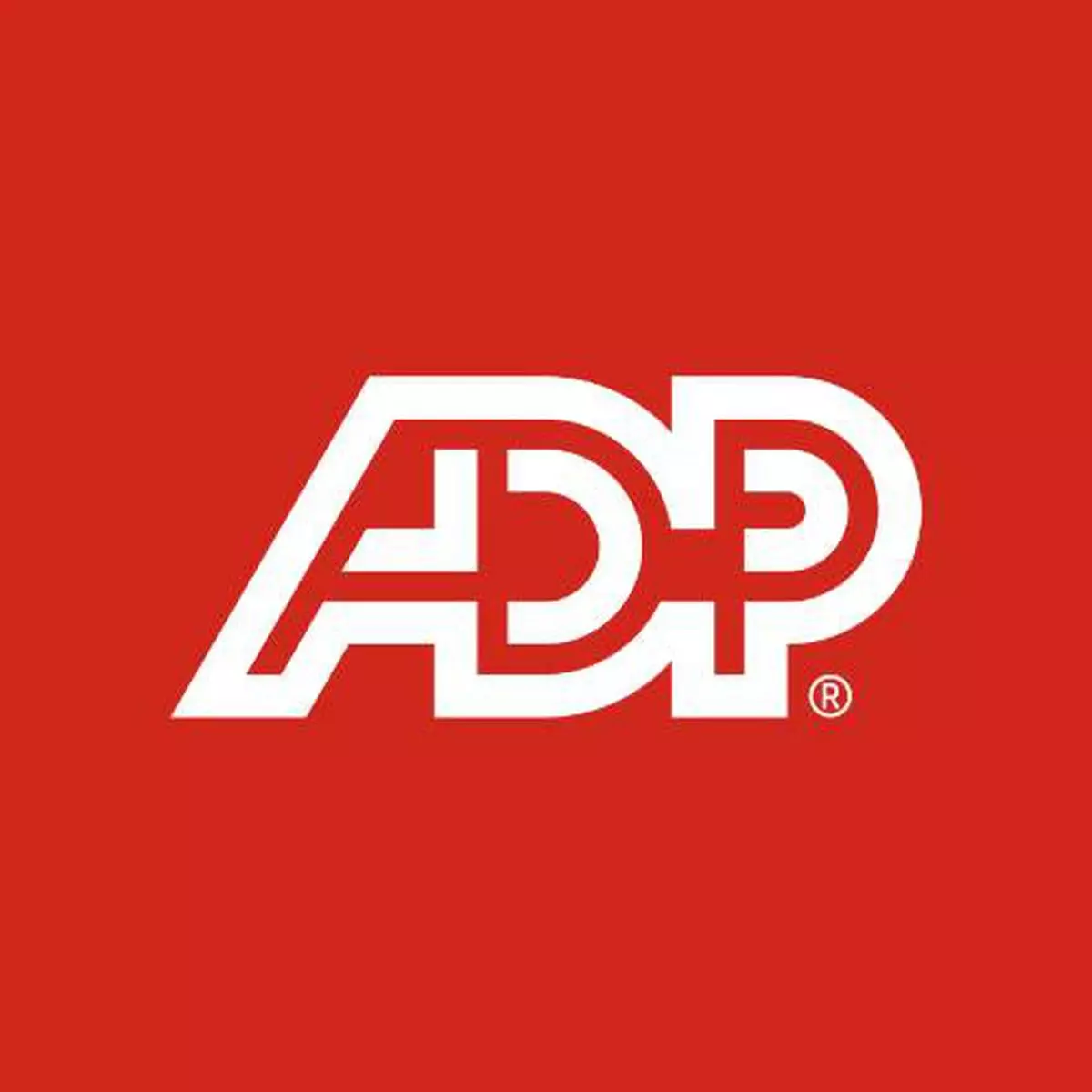The ongoing energy crisis in Europe is expected to benefit Reliance Industries and Nayara Energy as these are among the Asian refiners that produce winter-specification diesel for the European Union, according to a report.
State-owned oil companies are not into exports and that gives an advantage to Reliance—the largest importer of Russian crude and also the largest exporter of diesel from the country—and Russia’s Rosneft-owned Nayara.
The energy crisis will only get further aggravated going forward as from next month Opec’s 2-million barrel per day production cut comes into force, and from February 5 the ban on Russian imports of refined products comes into force, say oil analysts at LSG group’s market data provider Refinitiv.
According to them, since the war began in Ukraine, Reliance and Nayara have imported almost 10 times more Russian crude from the pre-invasion levels, at 2.82 million tonnes per month during March-September.
Related Stories
Markets to track inflation data, global factors this week: Analysts
The last batch of the ongoing quarterly earnings would also influence trading, say analysts
Already, Indian exports to Europe have been northward after Russia invaded Ukraine late February.
Indian refiners have taken advantage of the strong diesel margins after the invasion and raised their exports to Europe, averaging at 7,30,000 tonnes per month, or 21 per cent of their total exports of 2.64 million tonnes/month, that peaked at 1.1 million tonnes in March against the pre-invasion period average of 5,70,000 tonnes per month, the analysts said.
Domestic refiners have been averaging at 99.86 per cent of their 5.14 million barrel per day (bpd) capacity since the war as against the pre-war average of 94.26 per cent. Their gasoline output averaged at 9.75 million tonnes/month for the March-August period and hit a high of 10.57 million tonnes in March, well above the pre-invasion average of 8.95 million tonnes a month.
Reliance’s 5.68 million tonnes per month Jamnagar refinery has been running at 93.8 per cent capacity post-invasion, above the pre-invasion average of 92.3 per cent, but still below the pre-Covid average of 110 per cent. This signals that there is an upside to Reliance’s diesel production. The Rosneft-owned Nayara has a 1.67-million tonnes per month refinery at nearby Hazira.
Related Stories
SC issues contempt notice to SEBI for not sharing case documents with RIL
The apex court is of the view that SEBI should show fairness and furnish documents sought by RIL since the regulator has a duty to act fairly
From Asia, according to Refinitiv, only India and Korean refiners can make winter-specification diesel for the EU, which is the world’s largest consumer of the fuel.
Since the Ukraine war began in February, diesel supplies from Asia to Europe have been stable averaging at 9,50,000 tonnes per month, massively up from the pre-invasion average of 1 million tonnes per month. In August this hit an 11-month high of 1.64 million tonnes. This will go up further as China has just issued a massive 15 million tonnes export quota for refined products.
These analysts estimate that Asia and the Middle East can at best offer an additional 1.5-2.2 million tonnes per month of refined products for Europe as the winter progresses.
Europe is the largest importer of diesel worldwide and is net short of the petroleum distillate that it uses for heating, road transport, power generation and industrial use. International Monetary Fund (IMF) estimates that the mounting energy crisis has EU nations spending a combined $276 billion this winter on various relief measures to help their citizens cope with surging energy bills.
Seaborne imports into the continent surged to an all-time high of 7.5 million tonnes in October, surpassing the previous record of 6.6 million tonnes in November 2021, and most of that volume came in from Russia, the Middle East, Asia and the US, according to Refinitiv.
Total imports averaged 5.3 million tonnes a month between January 2021 and February 2022 and the same rose to an average of 5.9 million tonnes per month in the March-October period. And Russia was the single largest supplier, accounting for almost 55 per cent of this pre-invasion, or the monthly average of 2.85 million tonnes, which post-invasion averaged at 2.35 million tonnes per month, or 43 per cent of the total.
Related Stories
Will India be self-reliant in edible oil production by 2030?
Vegetable oil prices have risen by almost 30 per cent in average since the Russian invasion of Ukraine in February this year
Of these Russian volumes, 1.62 million tonnes per month of winter-specification diesel are flowing into northwest Europe post-invasion, including to region’s largest consumer Germany, down from the pre-invasion average of 1.92 million tonnes per month.
According to the International Energy Agency, Europe’s non-road gasoline demand is likely to increase by 2,50,000-3,00,000 bpd, or 1-1.2 million tonnes per month.
The EU held 40 million tonnes of emergency diesel, and 10 million tonnes of petrol in June 2021 in reserves which have since dropped to 35.04 million tonnes, with automotive diesel comprising 30.4 million tonnes and gasoil accounting for 5.04 million tonnes.
Refinitiv estimates supply gap to be at 3.5-4 million tonnes per month for Europe as a whole and 2.5-3 million tonnes a month to northwest Europe.
SHARE
- Copy link
- Telegram
Published on November 13, 2022







 MVRDV Valley © Ossip van Duivenbode
MVRDV Valley © Ossip van Duivenbode 











